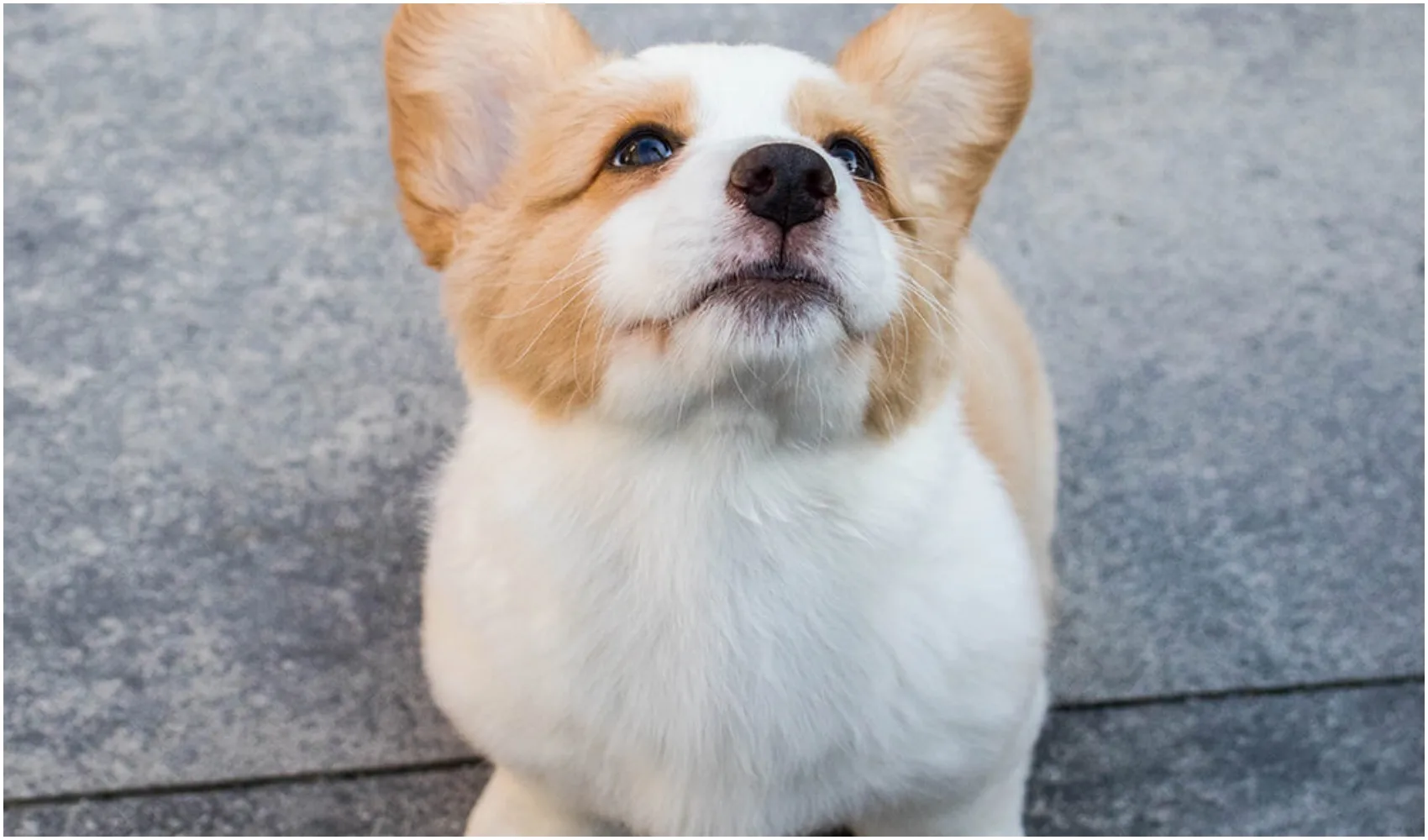Humans aren’t the only biological beings who suffer from dwarfism as a result of a severe lack of growth hormones. Our four-legged companions share the same fate. Despite the fact that dogs with dwarfism are pretty rare, some breeds are more prone to it than others.
We’ll look at what skeletal dwarfism in dogs is and how it affects their quality of life. In addition, we will also explain if it’s possible to prevent dwarfism.
What are dogs with dwarfism?
Dwarfism in dogs is a disorder caused by a lack of growth hormones in the body.
This disorder, that we also know as pituitary dwarfism, is a result of a defect in the pituitary gland in puppies.
Often, dwarfism in dogs can be caused by craniopharyngiomas (benign brain tumors) that develop in the early stages.
Dwarfism in dogs not only causes slower growth and development, but it can also have a negative impact on the pet’s quality of life and potentially shorten its lifetime.
Dwarfism is more common in certain dog breeds, such as German shepherds, Miniature pinschers, Spitz, and Cocker Spaniels.
As a result, dwarfism in dogs is a hereditary condition that puppies inherit as a recessive feature.
Dwarfism is a product of selective breeding in some dogs, such as dachshunds, while it is a serious health condition in others.
Osteochondrodysplasia
Osteochrondodysplasia, or OCD, is a kind of skeletal dwarfism in dogs. The name is made up of three terms and refers to developmental anomalies in the bone and cartilage of dogs.
The canine suffers from sluggish bone growth and malformations as a result of these anomalies.
We can break this term down into three parts: “osteo,” which refers to bone, “chondro,” which refers to cartilage, and dysplasia, which refers to abnormal growth.
Achondroplasia
Because their bones do not form properly, dogs with achondroplasia do not grow as large as they should.
In dogs, this is the most visible manifestation of osteochrondodysplasia, or dwarfism. Therefore, this is a disorder that happens when the fibroblast growth receptor gene is abnormal .
Dogs with dwarfism: Signs and symptoms
The symptoms of Dwarfism are all related to a genetically acquired bone condition.
The following are the signs and symptoms of pituitary dwarfism in dogs:
- Growth is slow or non-existent. For example, a delay in the closing of growth plates in the long bones might cause abnormally small legs. When the dog is at least six months old, it becomes noticeable.
- The head grows larger than usual.
- The joints swell up.
- Jaws are shorter, resulting in misaligned teeth.
- Puppy teeth are sometimes in for longer than they should be, preventing the formation of adult teeth.
- Bones that are not in good shape
- Sideways bending of the forelimbs
- The spinal cord becomes twisted to one side or the other.
- The puppy coat is on for longer than it should be, resulting in an asymmetrical pattern of hair loss.
- Heart problems
- Aggression and fear
Is Dwarfism in Dogs Treatable?
Pituitary dwarfism may impact your dog if you detect any of the symptoms or indicators listed above. If that’s the case — It’s time to consult your veterinarian.
To determine if your dog’s growth hormones are in the proper proportion, a series of urine tests, blood tests, and biochemical profiling will be performed.
Your veterinarian can also insist on X-ray scans and bone biopsies to determine the extent of dwarfism.
Skeletal dwarfism in dogs can be treated and managed, however there are some drawbacks to the treatment, such as thyroid and adrenal gland dysfunction.
Dwarfism is a genetic disorder, and breeders frequently desex dwarf dogs. Breeders resort to euthanasia when a dog’s health condition gets too critical and has a negative impact on its market value.
On the plus side, we can treat dogs with dwarfism with growth hormone injections. These can be given to these dogs for several months.
But, in some situations, the animal’s thyroid and adrenal glands can get some damage. Replacement therapy can help in this situation.
Veterinarians can use spaying or neutering to halt the progression of dwarfism in mature dogs.
Treatment
Dwarfism does not have a one-size-fits-all treatment.
Furthermore, the prognosis of the condition is mostly determined by the severity of the sickness.
While many therapies or management approaches could be used on dogs suffering from this condition, the outcome will be determined by the extent of bone damage.
If you are suspicious of your puppy having dwarfisms, make an appointment at the vet as soon as possible.
Does dwarfism affect the lifespan of a dog?
Varied people have different ideas on how dwarfism impacts a dog’s lifespan. Dwarfism shortens a dog’s lifespan to roughly four years, according to vet data.
But this assumption may not be true at all. It’s because there wasn’t enough data available at the time to back up the assertion.
The most up-to-date information was gathered from the University of Utrecht in the Netherlands. The researchers also reported that dwarf canines have a lifespan of about five years.
However, this study is inconclusive and cannot speak for the entire population of dwarf dogs worldwide.
While you’re here, you can read our other health-related articles:

